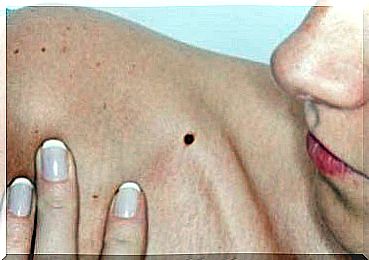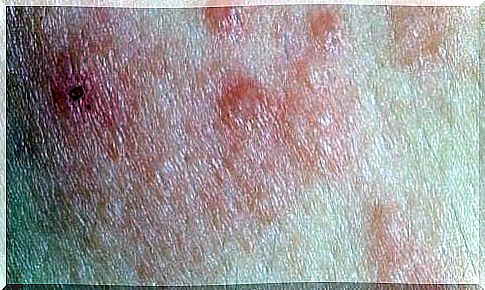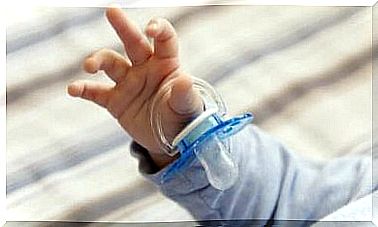Detecting Skin Cancer Early: 6 Symptoms
It is essential to detect skin cancer early, to receive an early diagnosis and to treat the disease as soon as possible before complications arise and the cancer spreads.

Detecting skin cancer in good time is essential to prevent complications and prevent the cancer from spreading.
It is a disease from which more and more people are suffering. The numbers are alarming.
Usually adults over 50 are affected, but more and more young people are at risk of developing this disease.
One of the main causes is continuous sun exposure, but DNA mutations in the epithelial cells can also be responsible.
It is a very common cancer, but luckily the death rate has been reduced significantly in recent years. Not only because better and better treatment options are available, but also because the diagnosis can be made earlier and earlier.
In most cases, it is melanoma that can be treated well because it does not involve cell-based changes.
However, it is essential to recognize the symptoms as quickly as possible, because time is a key factor in treatment. It is important to prevent the cancer from becoming aggressive as quickly as possible.
For this reason, in today’s article we are reporting on 6 symptoms that you should be aware of, because they can help you detect skin cancer in good time .
Learn more about it!
1. Pigment spots

A new birthmark or a patch of skin with irregular shapes could be a sign of skin cancer.
Birthmarks of this type can appear suddenly and can be recognized by characteristic changes in size, color, and texture.
Sometimes reddish spots, raised birthmarks or color changes occur. Usually the skin spots take on a darker color.
2. Changes in birthmarks
There may also be changes in existing moles, which should definitely be observed.
As with newly emerging skin spots, it’s essential to get these changes examined before they spread.
- A = Asymmetry: In the case of skin changes, it is important to observe whether they are regular or asymmetrical. If the latter is the case, you should definitely get checked out!
- B = Boundary: If the edges of the birthmarks are irregular, not sharply defined, jagged or washed out, this could be a sign of skin cancer.
- C = Color: Changes in color also play an important role in the detection of skin cancer. If the skin spot becomes darker in color, fluctuates between light and dark (reddish, bluish, pink, or gray), or different colored spots can be seen, it could also be a sign of skin cancer that needs to be investigated.
- D = diameter: If the diameter of the birthmark is more than 6 mm (sometimes a little less), then this must also be examined.
- E = sublimity: This trait is about how far the mole protrudes above the normal level of the skin. If the protrusion is more than 1 mm, it could be a sign of skin cancer.
3. Poorly healing wounds

Skin cancer can also be recognized early on in wounds that do not heal well.
When the cells are healthy and there are no changes, the skin has the ability to regenerate itself in a short time. Skin injuries heal relatively quickly.
If this is not the case and changes that lead to malignant cells occur, the skin’s ability to regenerate is impaired.
As a result, wounds are slow and difficult to heal.
If you find that skin lesions are taking a long time to heal, this could be a sign of skin cancer!
4. Patches of skin that are spreading
If you notice patches of skin that are spreading, it is important to determine the exact cause, as these can be very diverse and can be traced back to external or internal complaints.
The development of these spots on the skin could be crucial in detecting skin cancer.
If the patches of skin are not clearly demarcated and spread to other areas of the skin, this could indicate malignant activity in the cells.
5. Detect skin cancer in good time through swelling and redness

Malignant cells lead to inflammatory reactions that become noticeable on birthmarks and other areas of the skin.
Symptoms can be found that resemble normal skin irritation. There is inflammation or swelling that spreads over the edge of a mole and causes reddening of the skin.
The complaints are bothersome and persistent. As the days go by, these symptoms worsen.
6. Increased sensitivity and pain
Another sign of skin cancer could be increased sensitivity, but this can also hide various other complaints.
Persistent itching, contact pain, and skin irritation may be an indication of abnormal cell development that needs to be examined.
If you notice one or more of the symptoms mentioned, these must be examined by a doctor so that early treatment can be initiated if necessary.
In order to be successful in the fight against this disease , one must recognize and treat skin cancer in good time !









